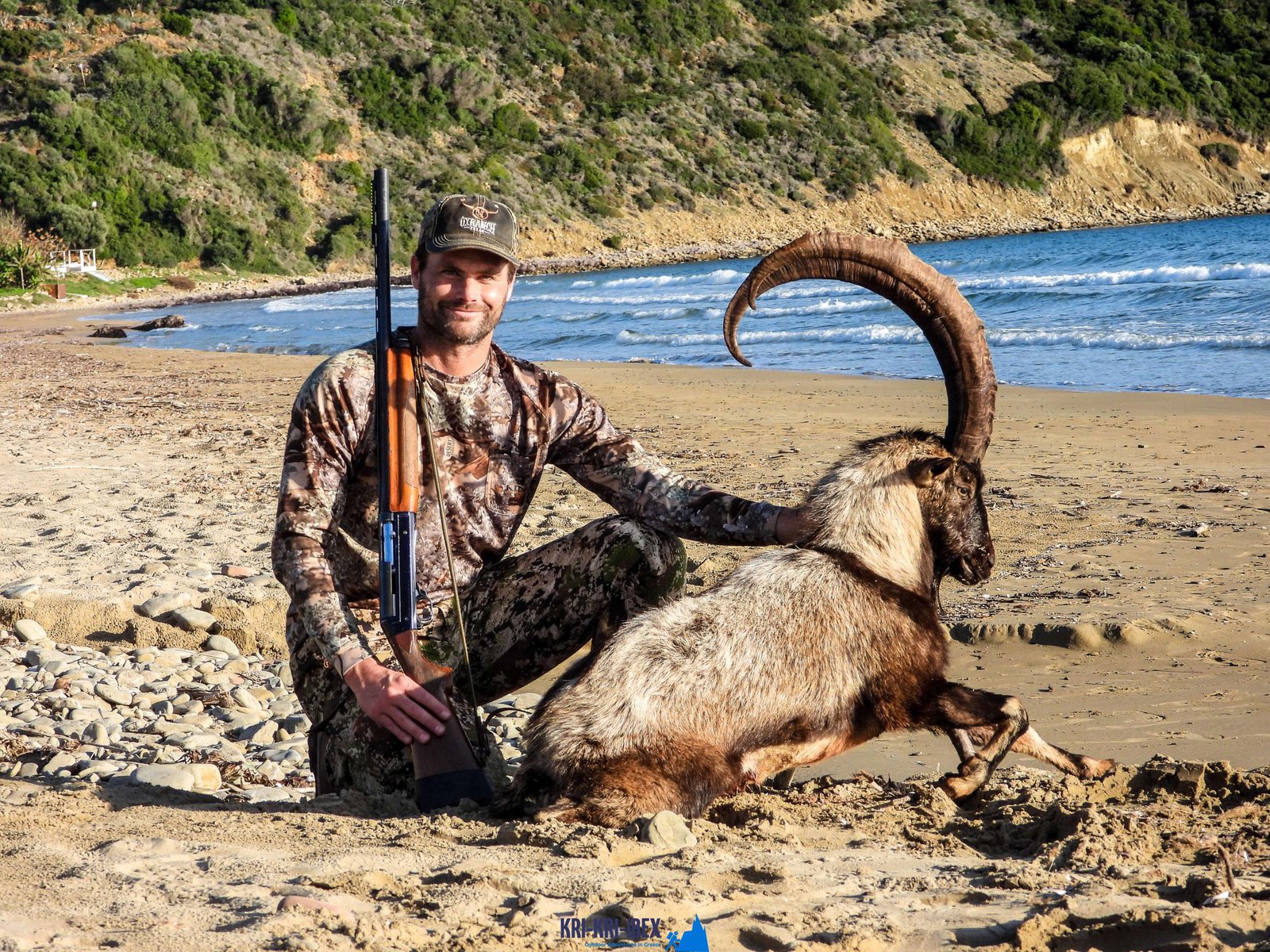
To lots of people, The Peloponnese peninsula on the Greek Mainland is the 'genuine' Greece, where things have actually not transformed much at all over the centuries despite the fact that many individuals have actually discovered it. This is an area where you could easily invest a month, yet if you are short in a timely manner after that our exterior hunting, Fishing, cost-free diving and touring Peloponnese Tours from Methoni is an excellent service. Join us as we explore all that this gorgeous and historical area has to offer!

Pursuing the kri kri ibex in Greece can be a challenging undertaking. Searching huge game in Greece is challenging for international hunters. Wild boars as well as roe deer are the sole option for local hunters besides the kri kri ibex, which is just pursued in thoroughly safeguarded unique searching areas such as specific islands. The Kri Kri Ibex and also mouflon can just be fired on special searching areas from morning till midday, according to Greek legislation. Slugs are the only ammo allowed. You need to schedule at least a year beforehand for a license. To ensure that only serious hunters are permitted on these journeys, the Greek Ministry of Nature and Agriculture issues licenses. To ensure that the government issues a particular variety of licenses each year.
What to Expect on a Peloponnese Tour? When you schedule among our hunting and visiting Peloponnese Tours from Methoni, you can anticipate to be surprised by the natural elegance of the area. From the excellent coastlines to the woodlands and also mountains, there is something for everybody to enjoy in the Peloponnese. Furthermore, you will certainly have the opportunity to taste several of the very best food that Greece needs to provide. Greek food is renowned for being scrumptious as well as fresh, and you will absolutely not be disappointed. One of the very best parts regarding our scenic tours is that they are made to be both enjoyable and educational. You will certainly find out about Greek history as well as society while additionally getting to experience it firsthand. This is an incredible chance to submerse on your own in everything that Greece needs to use.
There is really something for everyone in the Peloponnese peninsula. Whether you are interested in history and culture or nature as well as outside tasks, this is an optimal destination for your following vacation. If you are short on time, our hunting and also exploring Peloponnese Tours from Methoni is a wonderful means to see every little thing this spectacular location needs to offer.And lastly, your Kri Kri ibex trophy is awaiting you.
What is the diference between Kri Kri ibex, Bezoar ibex and hybrid ibex
The kri-kri is not thought to be indigenous to Crete, most likely having been imported to the island during the time of the Minoan civilization. Nevertheless, it is found nowhere else and is therefore endemic to Crete. It was common throughout the Aegean but the peaks of the 8,000 ft (2,400 m) White Mountains of Western Crete are their last strongholds–particularly a series of almost vertical 3,000 ft (900 m) cliffs called ‘the Untrodden’—at the head of the Samaria Gorge. This mountain range, which hosts another 14 endemic animal species, is protected as a UNESCO Biosphere Reserve. In total, their range extends to the White Mountains, the Samaria National Forest and the islets of Dia, Thodorou, and Agii Pandes.
This Ibex is NOT a diminutive form of the Bezoar Ibex, which has migrated into the western-most reach of the range of this species. The kri – kri (Capra aegagrus cretica), sometimes called the Cretan goat, Agrimi, or Cretan Ibex, is a feral goat inhabiting the Eastern Mediterranean, previously considered a subspecies of wild goat. The kri-kri has a light brownish coat with a darker band around its neck. It has two horns that sweep back from the head. In the wild they are shy and avoid tourists, resting during the day. The animal can leap some distance or climb seemingly sheer cliffs.
“The agrimi goat Capra aegagrus cretica is unique to Crete and its offshore islands. It has been identi®ed as a sub-species of the wild bezoar goat Capra aegagrus aegagrus Erxleben, 1777, which it closely resembles in horn shape, body form and coloration. This classi®cation has been disputed by some researchers who claim that the agrimi are feral goats, derived from early domestic stock brought to the island by the ®rst Neolithic settlers. In order to clarify this issue, DNA analyses (cytochrome b and D loop sequences) were carried out on tissue of live and skeletonized agrimi and compared to sequences of wild and domestic caprines. Results conclusively show the agrimi to be a feral animal, that clades with domestic goats (Capra hircus) rather than with wild Asiatic bezoar. This study demonstrates that morphometric criteria do not necessarily re¯ect genetic af®nities, and that the taxonomic classi®cation of agrimi should be revised.”